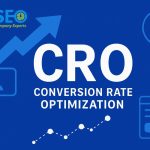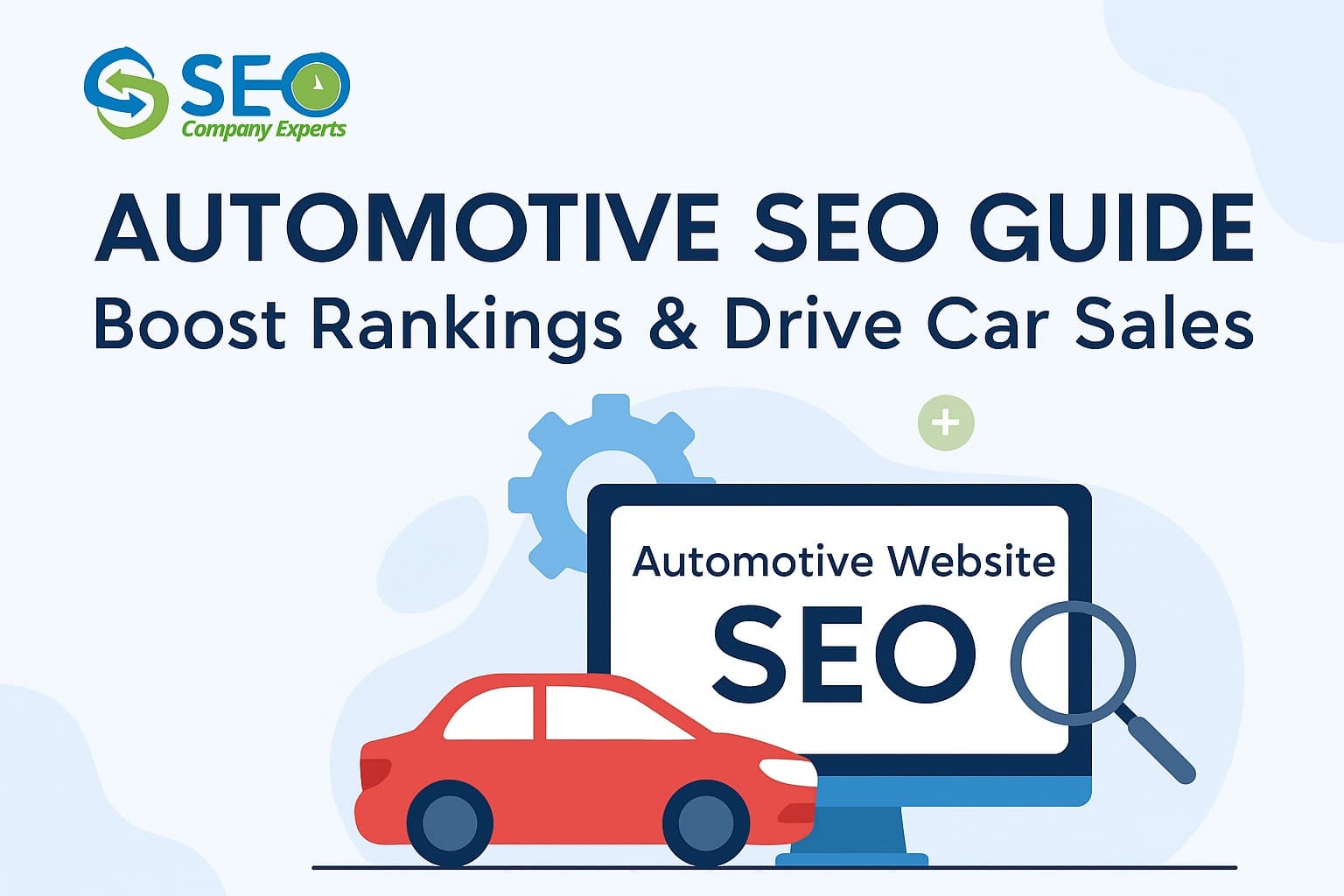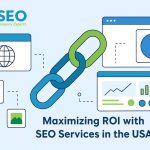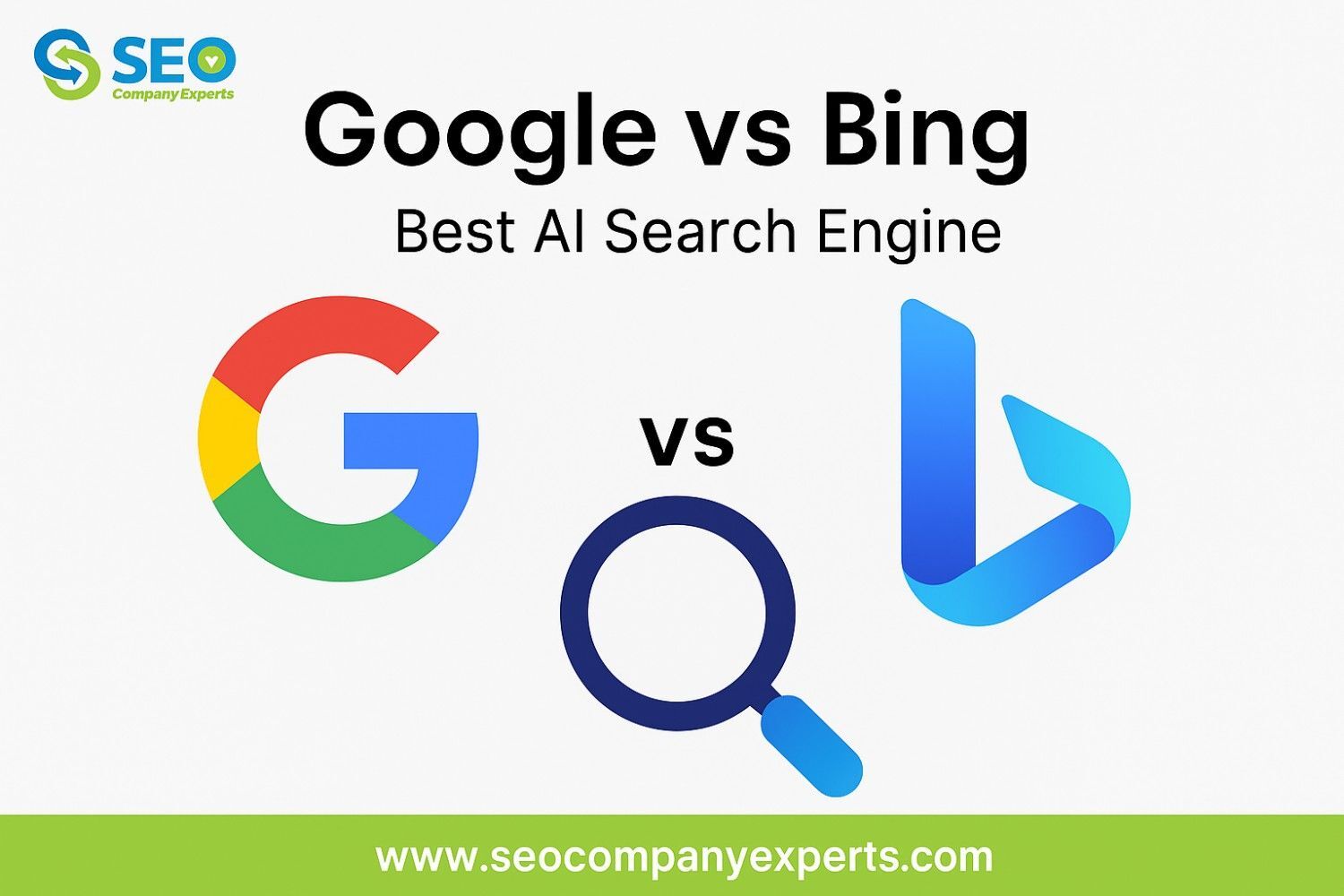

Understanding Automotive SEO and Its Role in the Industry
Understanding automotive SEO is essential for dealerships and car sellers. By optimizing for local searches and inventory pages, you can boost visibility, attract high-intent buyers, and drive both digital and showroom leads.
What Is Automotive SEO?
Automotive SEO is a specialized branch of search engine optimization that focuses on enhancing the online visibility of car dealerships, vehicle service providers, and automotive marketplaces. Unlike general SEO, this niche involves optimizing dealership inventory pages, targeting local searches, and capturing high-intent traffic from consumers searching for vehicles online.
Why Automotive SEO Is Critical for Dealerships and Car Sellers
The majority of consumers start their car-buying journey online. Whether they are searching for a new model, browsing inventory, or looking for financing options, your website must be visible in search engine results. Without a solid automotive SEO strategy, your dealership may miss out on valuable leads to competitors who dominate the search rankings. Investing in SEO ensures your business appears prominently on Google and other search platforms, increasing both digital traffic and showroom visits.
Key Benefits of Automotive SEO Services
Automotive SEO services drive consistent traffic, boost local visibility, and increase qualified leads. By building long-term authority, dealerships can rank higher, attract buyers, and convert searches into showroom sales.
Driving Consistent Organic Traffic to Your Website
One of the key outcomes of automotive SEO services is a steady increase in organic traffic. When your website is optimized with relevant keywords, structured content, and local SEO enhancements, it ranks higher on Google. This visibility helps attract car buyers actively searching for vehicles or related services, making the traffic not only consistent but also qualified and ready to convert.
Increase Automotive Lead Generation
Higher visibility leads to increased engagement, and more engagement leads to more leads. Automotive lead generation depends heavily on your website’s ability to appear for high-intent searches such as “buy used Honda Accord in Houston” or “2025 Toyota RAV4 lease deals.” When your pages are well-optimized, they act as digital salespeople—working 24/7 to collect inquiries, book test drives, and bring customers to your lot.
Improve Local Visibility for Car Dealerships
Car buyers often search within their local area. Automotive SEO ensures your dealership ranks for geo-modified searches by optimizing your Google Business Profile, creating city-specific landing pages, and integrating location keywords throughout your content. This local approach increases walk-ins and improves your chances of converting online leads into offline sales.
Build Long-Term Online Authority
By regularly publishing optimized content, earning backlinks, and improving technical performance, your website gains authority in the eyes of search engines. Over time, this authority leads to higher domain rankings, better content indexing, and sustained growth—positioning your brand as a trusted resource in the automotive industry.
How to Rank a Car Automotive Website on Google Effectively
To rank your automotive website, conduct keyword research, optimize on-page SEO, and use schema markup. Enhance mobile speed, user experience, and local targeting to attract high-intent car buyers and boost dealership visibility.
Conducting Keyword Research for the Automotive Market
The foundation of any automotive SEO strategy begins with keyword research. You need to understand what your audience is searching for and tailor your website content to match those queries. Focus on transactional phrases, long-tail queries, and branded searches specific to makes and models. Use SEO tools to assess search volume, competition, and relevance to your offerings.
Tools to Find SEO Keywords for Car Dealerships:
- Google Keyword Planner
- Ubersuggest
- SEMrush (for competitor analysis)
- AnswerThePublic (for question-based keywords)
Optimizing On-Page Elements for Maximum Impact
Each web page must be structured to appeal to both users and search engines. Your page titles should include target keywords and local modifiers. URL slugs must be clean, short, and keyword-focused. Headings should follow a logical hierarchy using H1 for page titles, H2 for main sections, and H3 for subpoints. Content must be original, informative, and clearly demonstrate the value of your dealership.
Enhancing Listings with Schema Markup and Structured Data
Structured data helps Google better understand your content. Implement vehicle-specific schema on inventory pages, including price, mileage, condition, and availability. Use review markup to display star ratings and customer testimonials directly in search results. This enhanced presentation increases click-through rates and provides a competitive edge over listings without schema.
Improving Mobile Experience and Website Speed
Mobile users account for a large portion of automotive searches. Your website must be responsive, fast-loading, and easy to navigate on all devices. Google’s Core Web Vitals—such as Largest Contentful Paint (LCP) and First Input Delay (FID)—must be optimized to ensure fast interactions and user satisfaction. A poor mobile experience can lead to higher bounce rates and lower rankings.
Advanced On-Page SEO Tips for Automotive Businesses
Advanced on-page SEO for automotive websites includes optimized meta tags, smart internal linking, and engaging inventory pages. Adding blogs targeting buyer questions boosts visibility, trust, and lead conversions.
Creating Powerful Meta Titles and Descriptions
Every page on your automotive website should have a unique meta title that reflects the keyword focus and encourages clicks. Meta descriptions should highlight special offers, location relevance, and key features of the page content. These elements appear in search results and act as your first impression to potential customers.
Improving Internal Linking for Better SEO Flow
A strong internal linking structure helps search engines crawl your site more efficiently. Link to related blog posts, inventory categories, and service pages naturally within your content. This not only improves SEO but also enhances user experience.
Optimizing Inventory Pages for High Conversions
Your inventory listings must go beyond basic details. Add original vehicle descriptions, high-resolution photos, and dynamic features like 360-degree views or video tours. Include local keywords and encourage users to take action by integrating inquiry forms or call buttons directly on the page.
Developing Automotive Blog Content to Capture Search Demand
A regularly updated blog allows you to target informational keywords that buyers search before making decisions.
Write detailed articles like
- How to Get Pre-Approved for Auto Financing
- Electric Vehicles vs. Hybrids: Which One Should You Buy?
These pieces build trust, demonstrate expertise, and increase your chances of ranking for long-tail search terms.
Local SEO for Automotive Industry: Strategies That Deliver Results
Local SEO helps dealerships dominate nearby searches by optimizing Google Business Profiles, building citations, creating city-specific pages, and managing reviews. These strategies boost visibility, trust, and customer foot traffic.
Fully Optimizing Your Google Business Profile
An optimized Google Business Profile ensures that your dealership appears in the local pack and Google Maps results. Complete every section with accurate business details, photos, service offerings, and customer reviews. Post updates regularly to promote events, sales, and new arrivals.
Building Local Citations and Business Listings
Local SEO also involves ensuring your dealership is listed in reputable directories like Yelp, Bing Places, Cars.com, and Autotrader. Maintain consistency in your name, address, and phone number (NAP) across all platforms to avoid confusion and boost local authority.
Creating City-Specific Landing Pages for Multiple Locations
If your dealership operates in several cities or neighborhoods, each location should have a dedicated landing page. These pages must include tailored content, service area maps, and localized keywords. A dealership with locations in Miami, Tampa, and Orlando should have unique content for each area rather than duplicating pages.
Encouraging and Managing Customer Reviews for Reputation Building
Reviews are powerful trust signals for both users and search engines. Encourage customers to leave honest feedback and respond to reviews promptly. A steady stream of positive reviews can improve your local rankings and influence purchasing decisions.
Link Building Strategies for Long-Term SEO Growth
Building long-term SEO growth requires smart link-building strategies like influencer collaborations, local event sponsorships, and research-based content. These tactics earn quality backlinks, boost authority, and drive lasting traffic.
Collaborating with Automotive Influencers and Bloggers
Partnering with automotive bloggers and content creators can bring valuable backlinks to your site. Offer guest posts, vehicle reviews, or joint promotions that feature your brand and link back to your content. These links not only drive traffic but also improve domain authority.
Earning Links from Local Events and Community Partnerships
Sponsoring local car shows, races, or community events is a great way to earn natural backlinks. Many event organizers link to sponsors on their websites, which boosts your local relevance and drives local traffic to your dealership site.
Creating Research-Based Content That Attracts Natural Links
Develop in-depth reports or infographics like “Top-Selling Vehicles in 2025” or “EV Trends by State.” Promote this content to media outlets and industry websites. When your data is cited, you earn high-quality backlinks that support your overall SEO strategy.
Monitoring and Measuring Automotive SEO Performance
Tracking automotive SEO performance means monitoring key metrics like traffic, rankings, and conversions. With tools like Google Analytics and SEMrush, you can refine strategies, update content, and fix issues to ensure long-term growth.
Identifying Key Metrics to Track
Understanding which SEO metrics matter is essential for measuring success. Focus on organic traffic growth, keyword rankings, bounce rates, time on site, and lead conversions. Each of these indicators reveals how well your SEO strategy is performing.
Using Analytics and SEO Tools for Insight
Leverage tools like Google Analytics, Google Search Console, Ahrefs, and SEMrush to gain insight into traffic sources, keyword performance, and technical health. Set up goals to track lead form submissions, phone calls, and other conversions from organic traffic.
Refining Your Strategy Based on Performance Data
SEO is not a one-time task—it’s an ongoing process. Use analytics data to identify what’s working and where improvements are needed. Update underperforming content, target new keywords, and fix any technical errors revealed during site audits.
Working with an Expert Automotive SEO Company
Partnering with an expert automotive SEO company ensures optimized inventory pages, stronger local rankings, and tailored strategies. The right SEO partner helps dealerships boost leads, build authority, and expand visibility across markets.
The Value of Hiring Professional Automotive SEO Services
Partnering with an agency that specializes in automotive SEO brings knowledge, tools, and experience you may not have in-house. These professionals understand how to optimize vehicle inventory, implement advanced local SEO, and scale results efficiently.
Choosing the Right SEO Partner for Your Dealership
Look for an SEO agency with proven results in the automotive sector. Review case studies, request a strategy consultation, and evaluate their approach to transparency, reporting, and communication. A good agency will tailor its services to your unique goals and location.
Expanding Beyond Automotive: SEO for Manufacturing & Industrial Websites
Many of the same SEO principles apply to other industries, including Manufacturing & Industrial Website SEO. If your business operates in manufacturing or industrial services, focus on technical keyword optimization, B2B content marketing, and localized service pages to attract high-value commercial leads.
Conclusion: Take the Next Step Toward Automotive SEO Success
The automotive industry is rapidly evolving, and consumer behavior continues to shift online. To remain competitive, your dealership must embrace automotive SEO as a core component of your digital strategy. By implementing the right techniques—from local SEO and content marketing to link building and analytics—you can outrank competitors, generate consistent leads, and increase car sales over time.
If you’re ready to drive real results through search engine optimization, consider working with a dedicated automotive SEO company that understands the industry inside and out.





